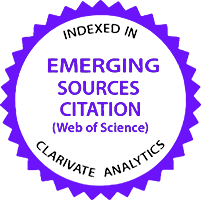Abstract— A self-balancing two-wheel Segway is a multivariable, nonlinear, coupled and unstable personal transport that is among the benchmarks of under-actuated systems to test different control schemes. The proper operation of the system needs stable and robust controllers for the balancing and direction of the Segway. Stable and robust performance of such systems can be achieved using adaptive, optimal and non-linear control schemes. A conventional sliding mode controller is a nonlinear controller, considered a robust controller except for the chattering problem that can be solved using higher order sliding mode controllers such as a supper twisted sliding mode controller (STSMC). In this research, STSMC is proposed for balancing and PID controller for direction control of a self-balancing Segway. To solve the impacts of design technique, skill, and experience of the designer on the control schemes, controllers are tuned using metaheuristic optimization algorithms, namely Grey wolf algorithm (GWO), Genetic Algorithm (GA), and Particle Swarm Optimization (PSO) technique. The overall system has been implemented in MATLAB/Simulink, and performance evaluations have been executed for the time domain specifications of settling and rise times as comparison criteria for the Segway operating conditions of variable driver mass and tilt angles. The results show relatively quick responses – for initial pitch angel of 0.3 rad, and initial yaw angle of 0.1 rad – of GWO-STSMC and GWO-PID controllers. For variable driver mass and constant initial tilt angles, the pitch response is found to be less sensitive to the increase in mass of the driver for GWO-STSMC, while the yaw angle response shows a slight sensitivity decrease for GWO-PID controller. For variable initial tilt angles and constant mass of the drive, both GWO-STSMC and GWO-PID controllers show the capability of tracking the reference pitch and yaw angles.
Keywords: Self-balancing Segway; Metaheuristic optimization algorithms; Genetic algorithm; Grey wolf algorithm; Particle swarm optimization; Supper twisted sliding mode controller; PID controller.
DOI: https://doi.org/10.5455/jjee.204-1706551479

![Scopus®_151_PNG-300x86[1]](https://jjee.ttu.edu.jo/wp-content/uploads/2024/03/Scopus®_151_PNG-300x861-1.png)
